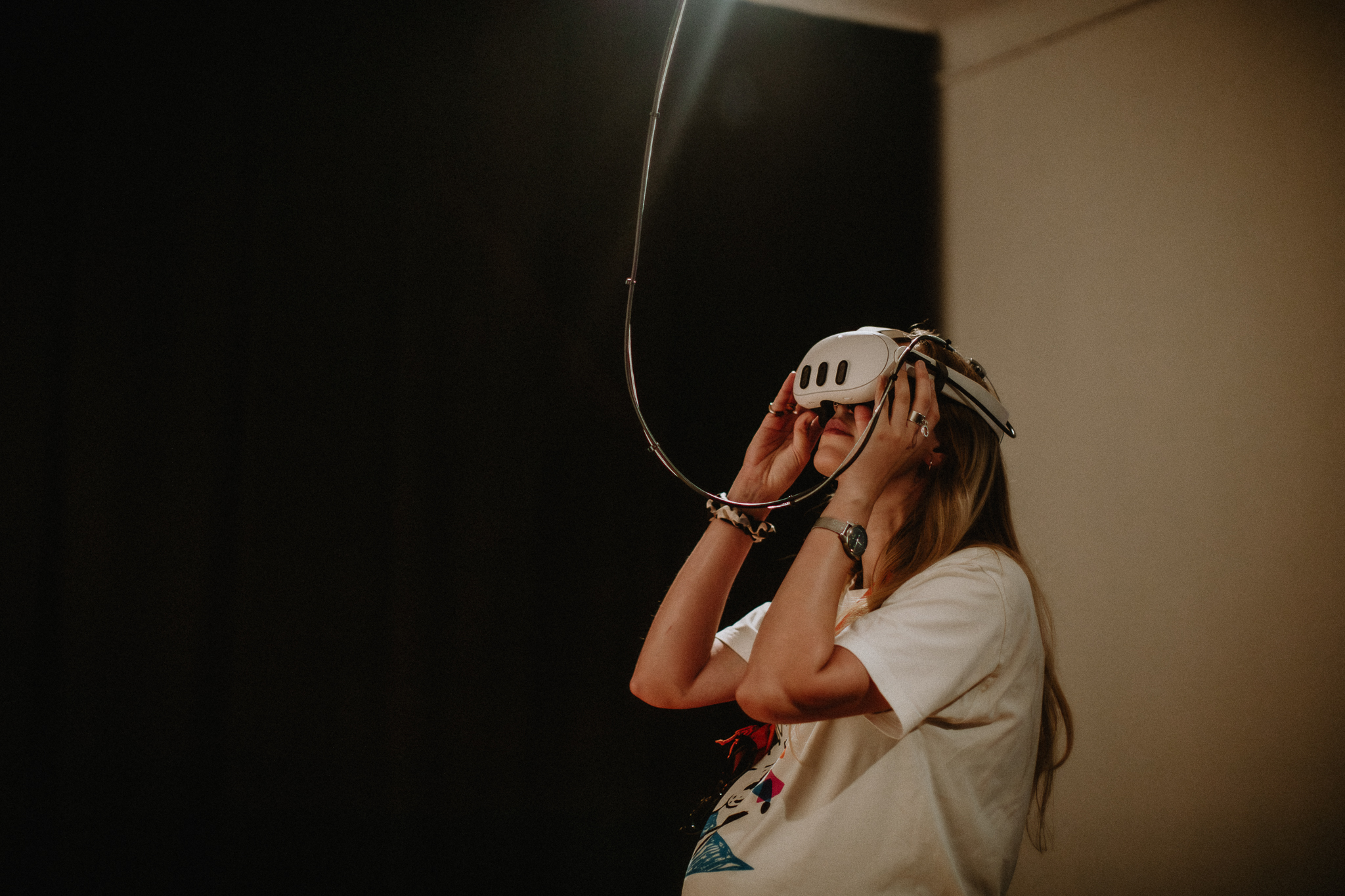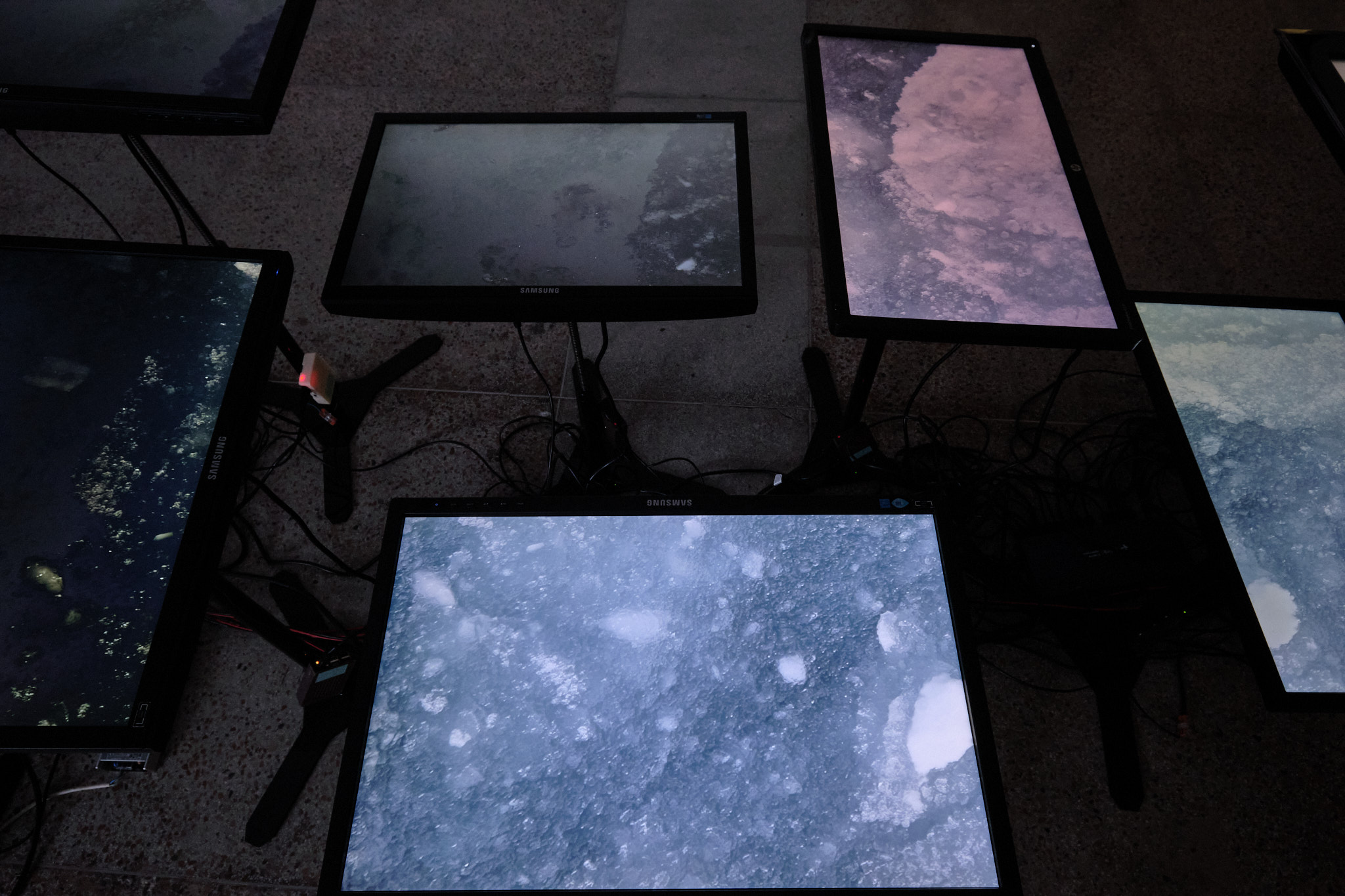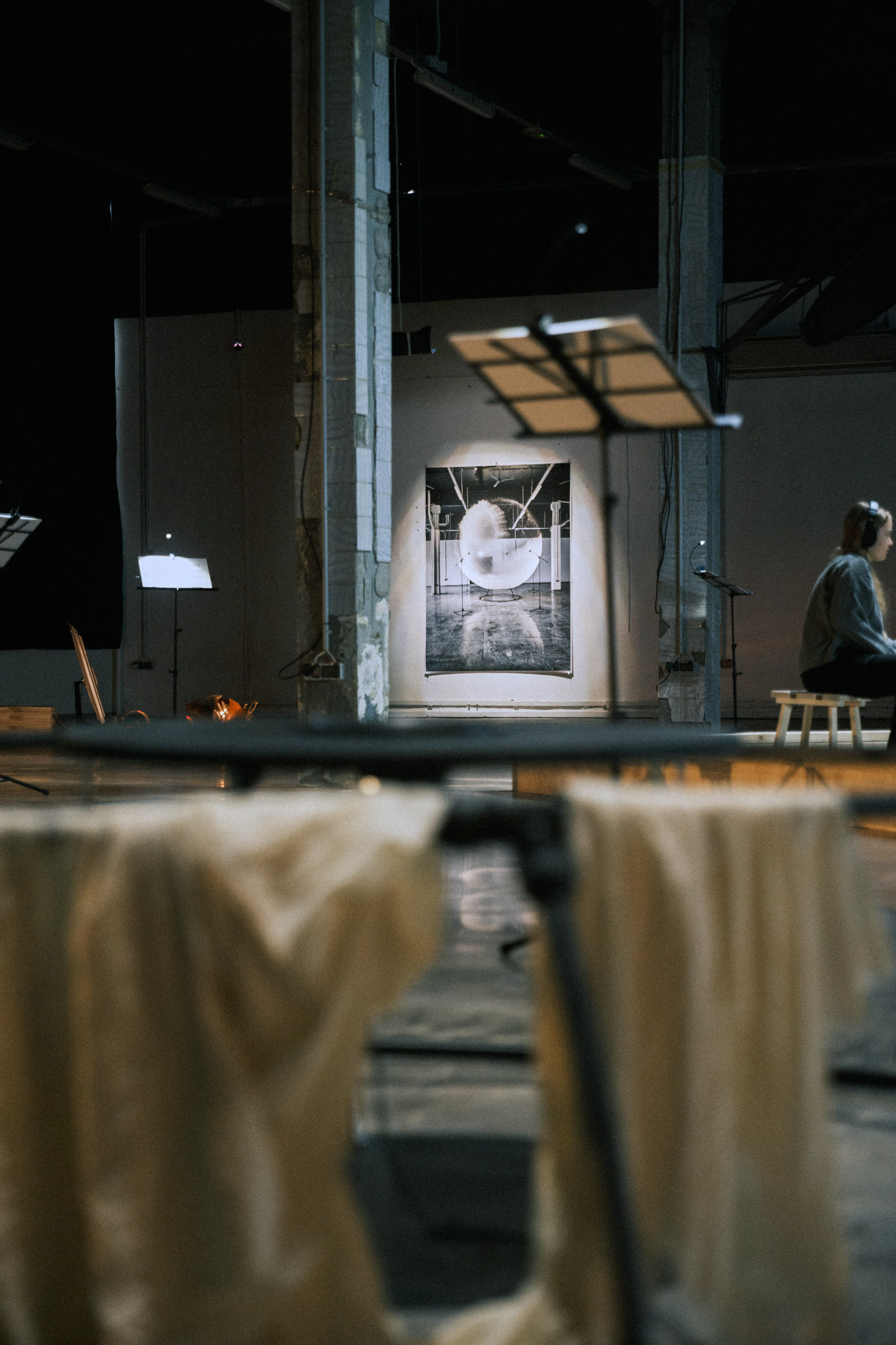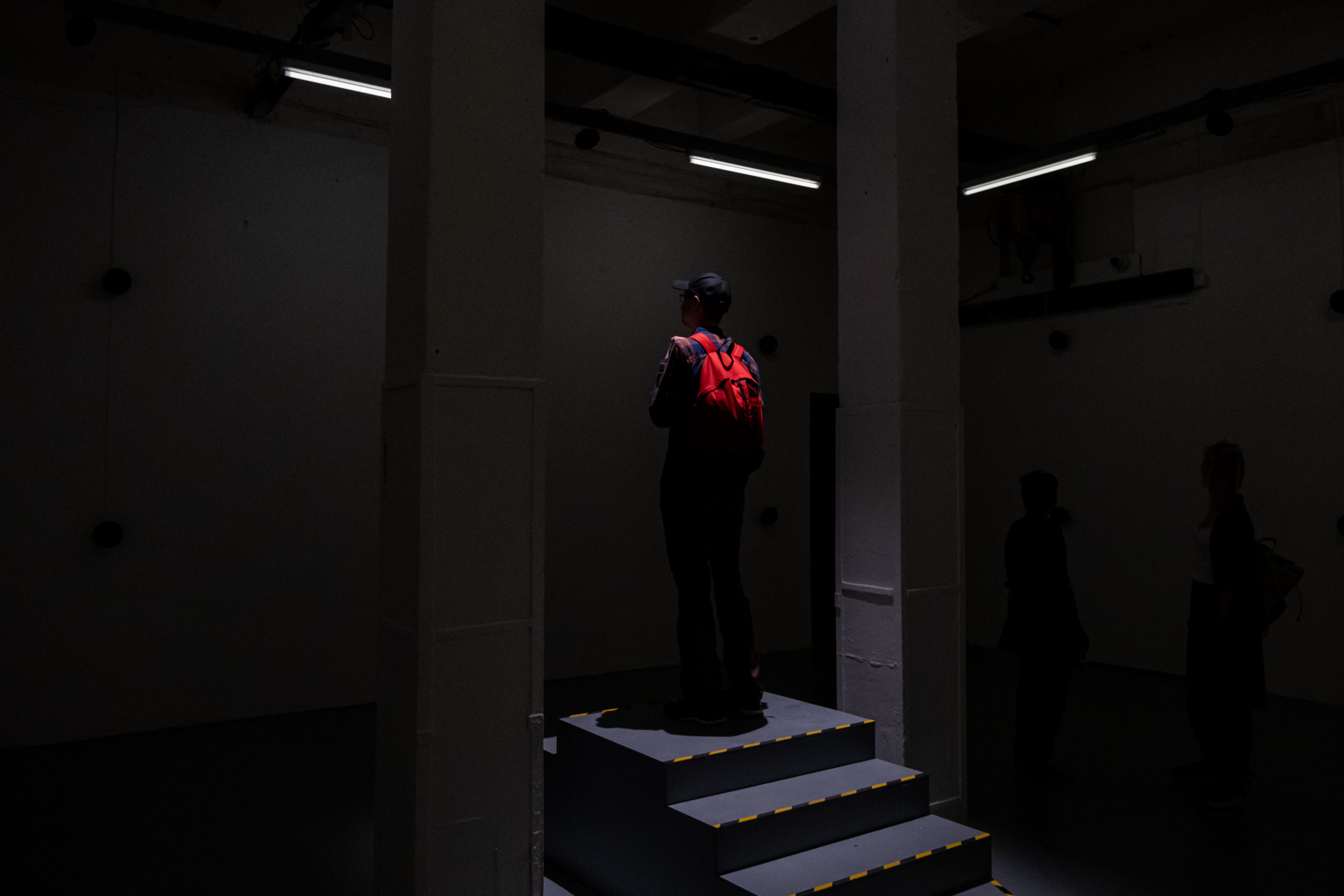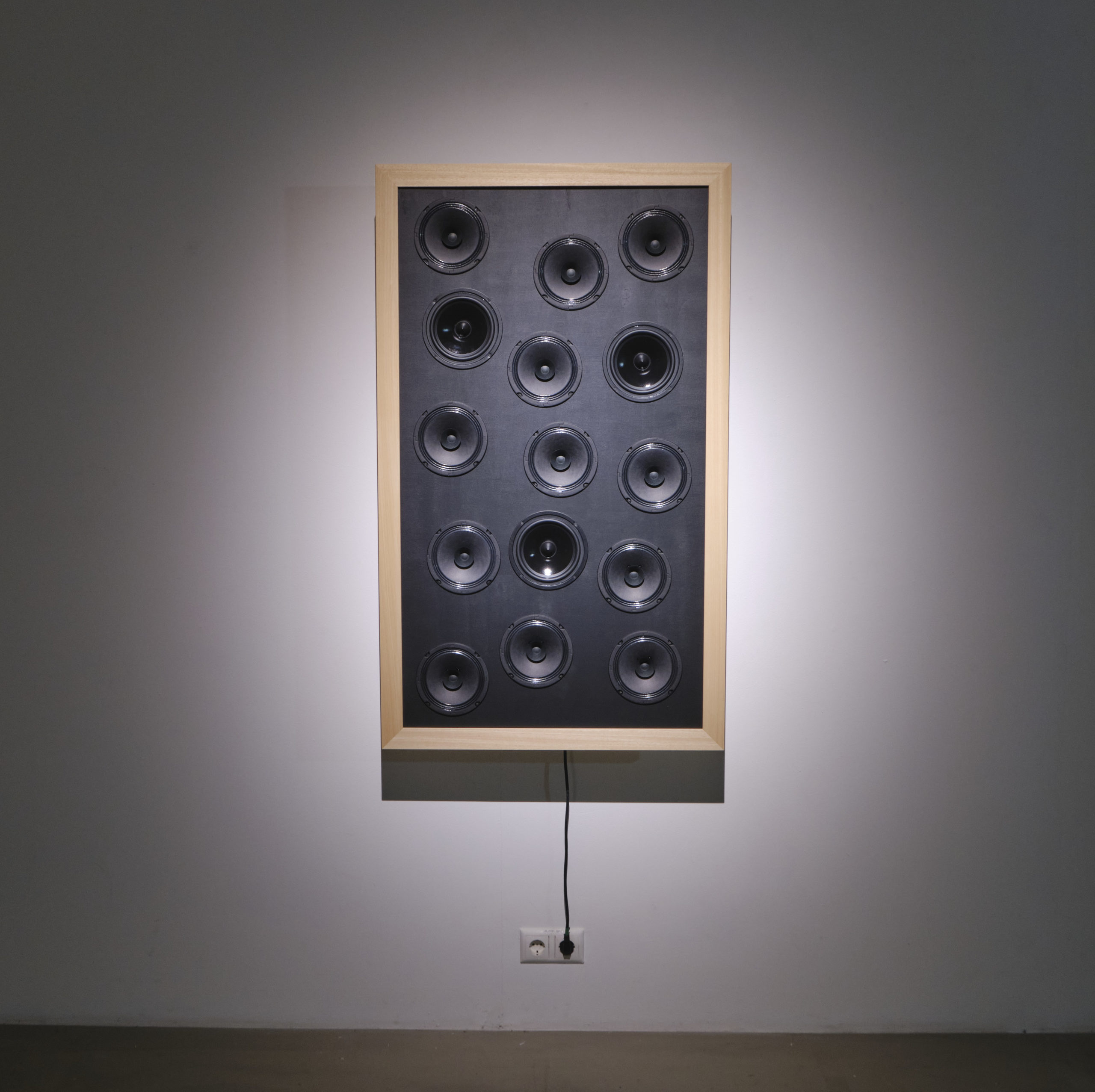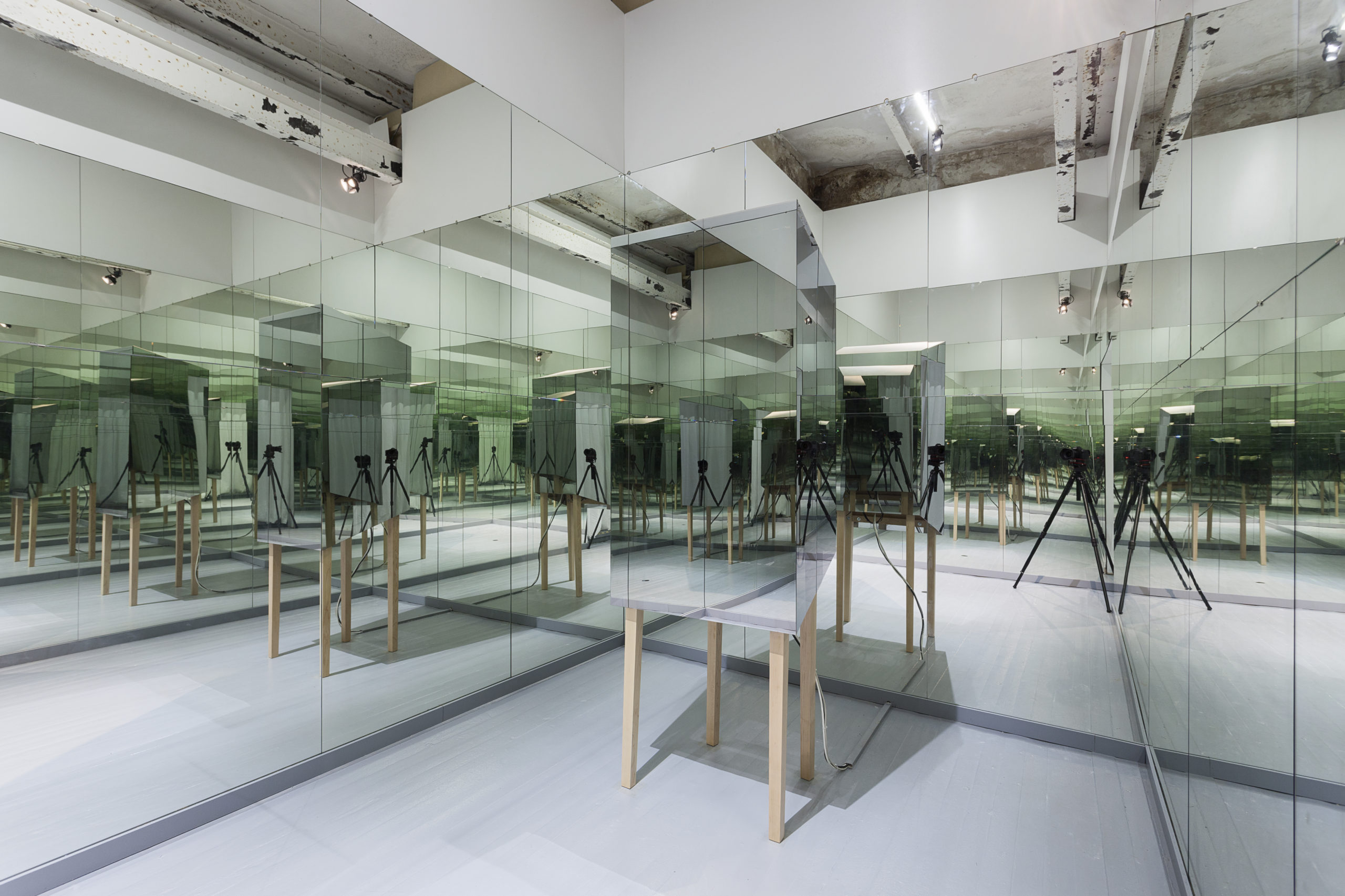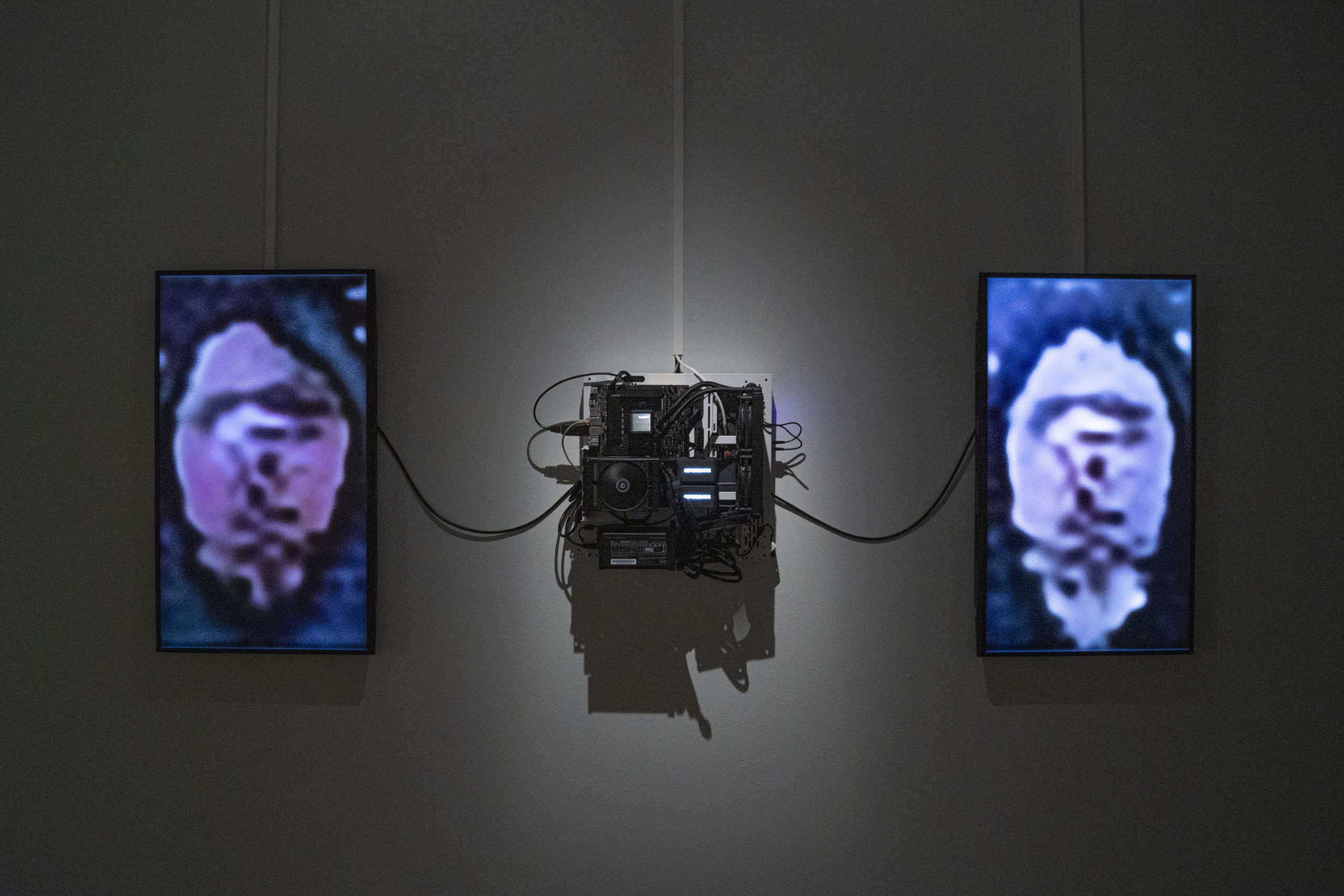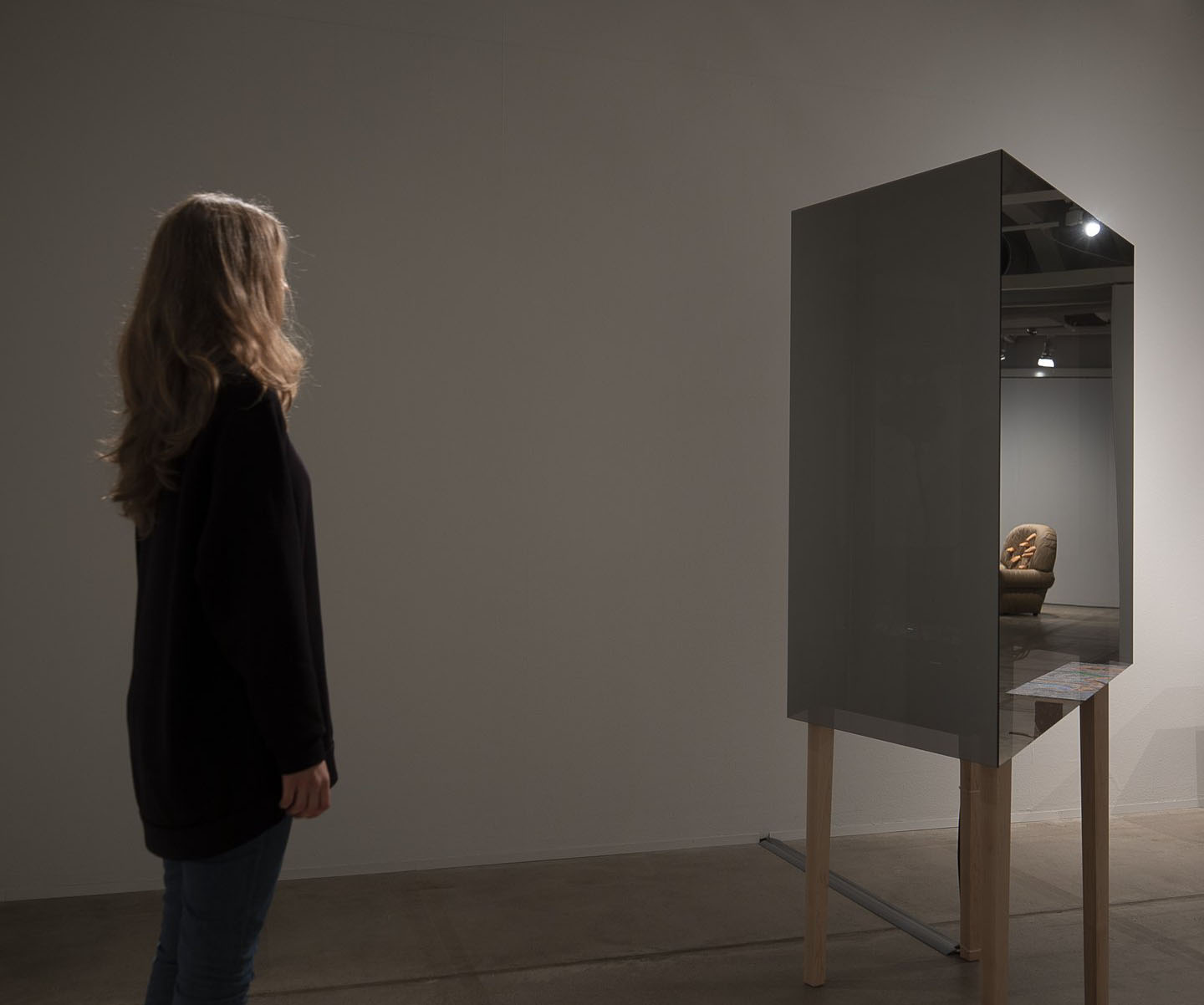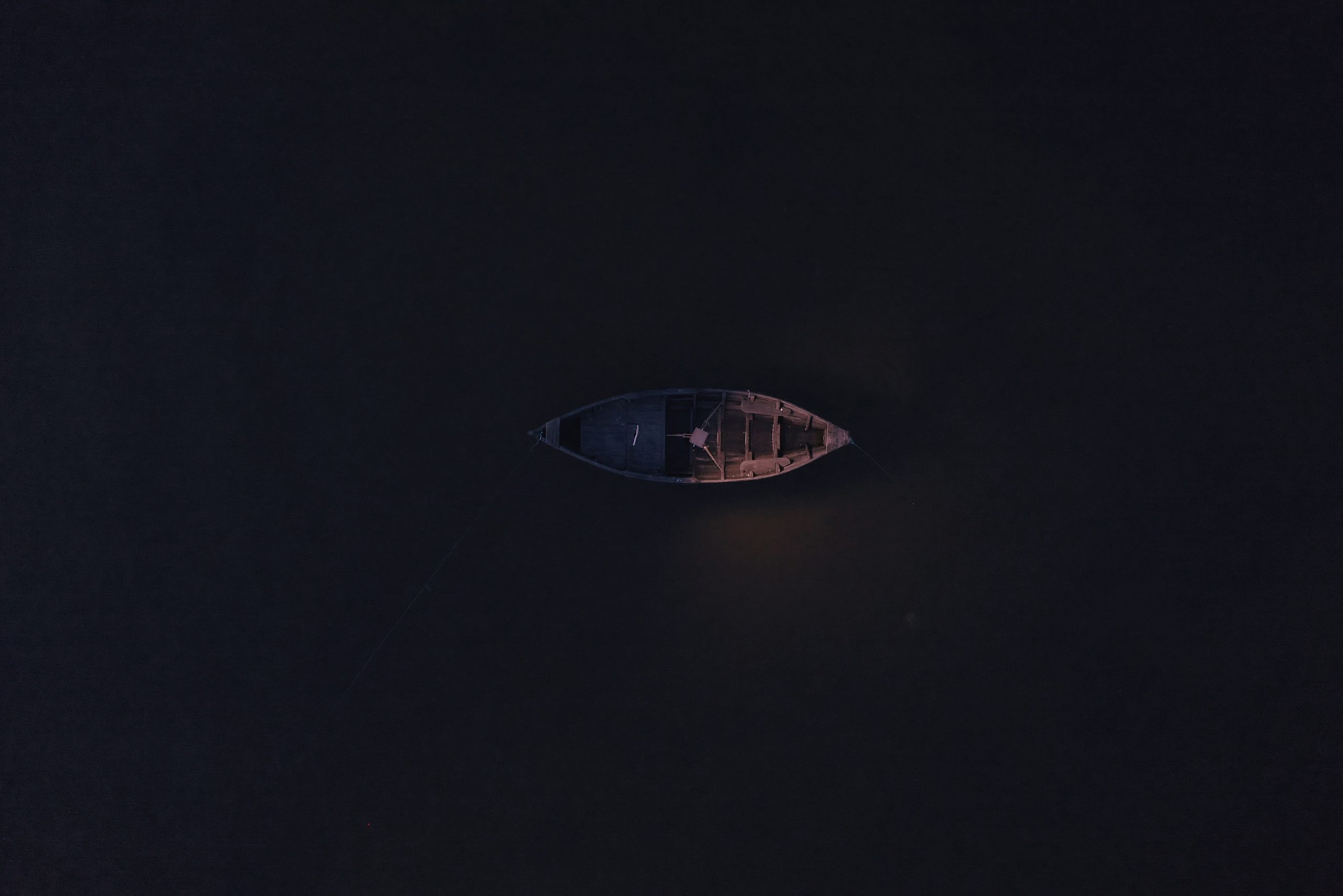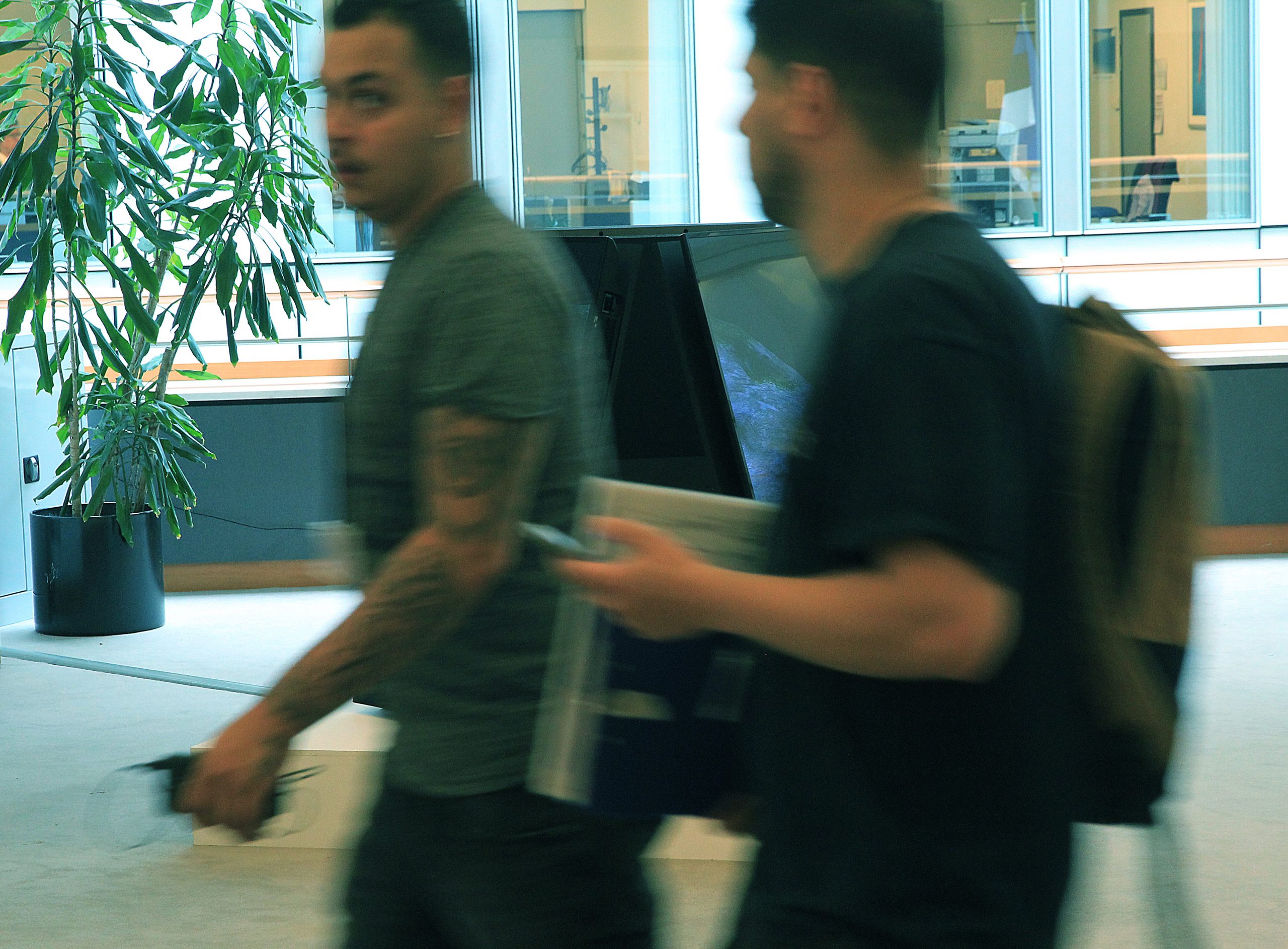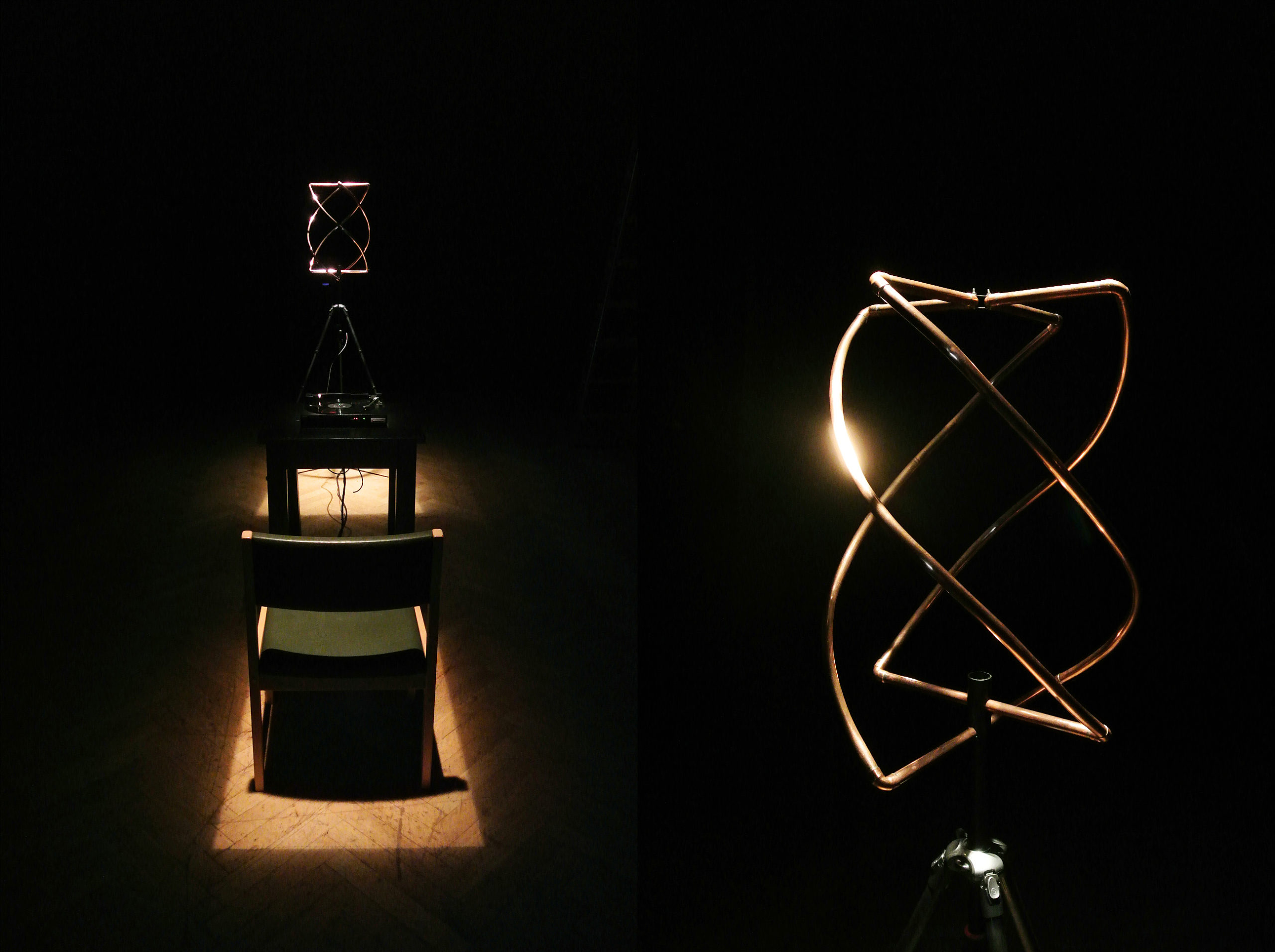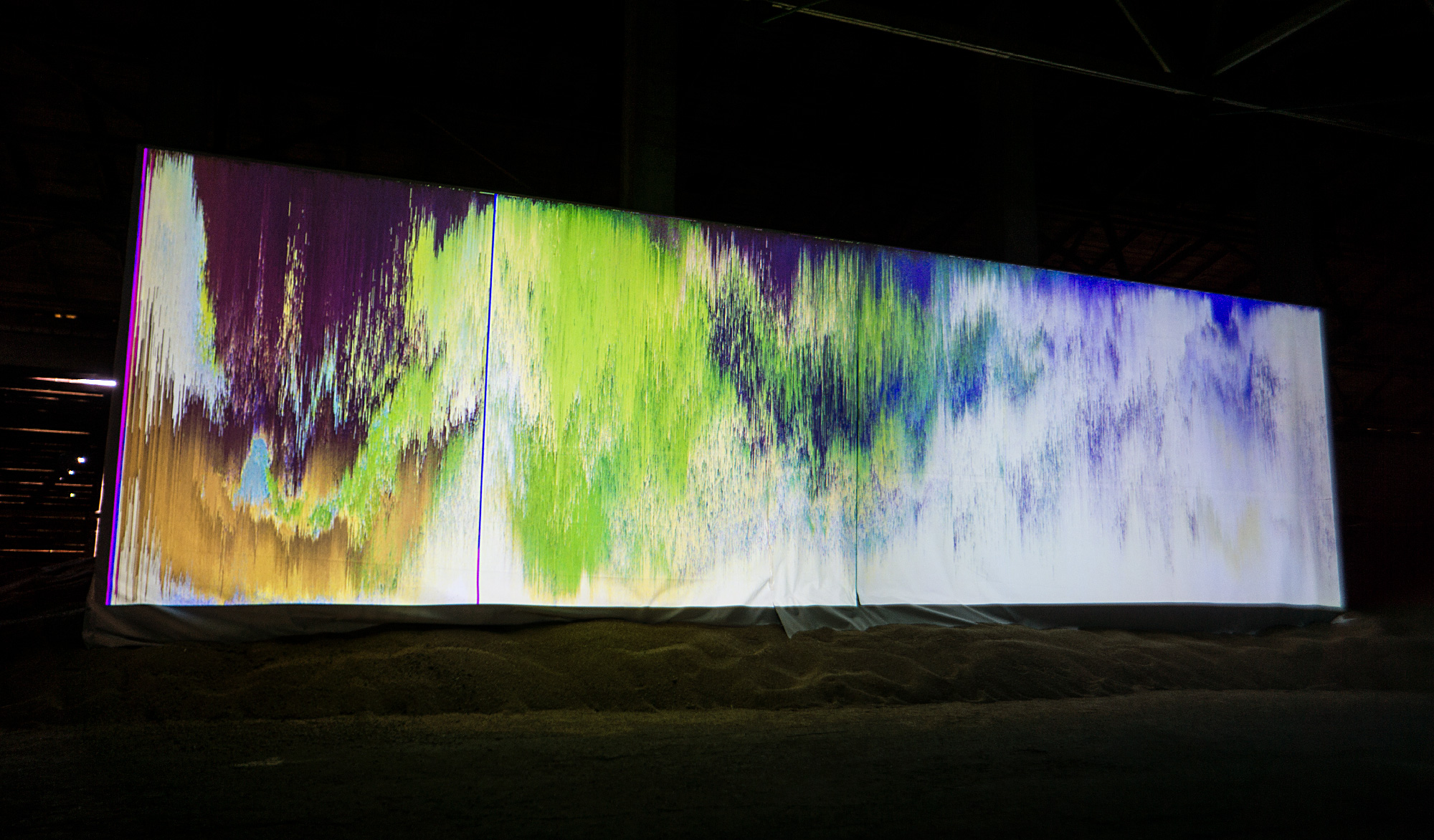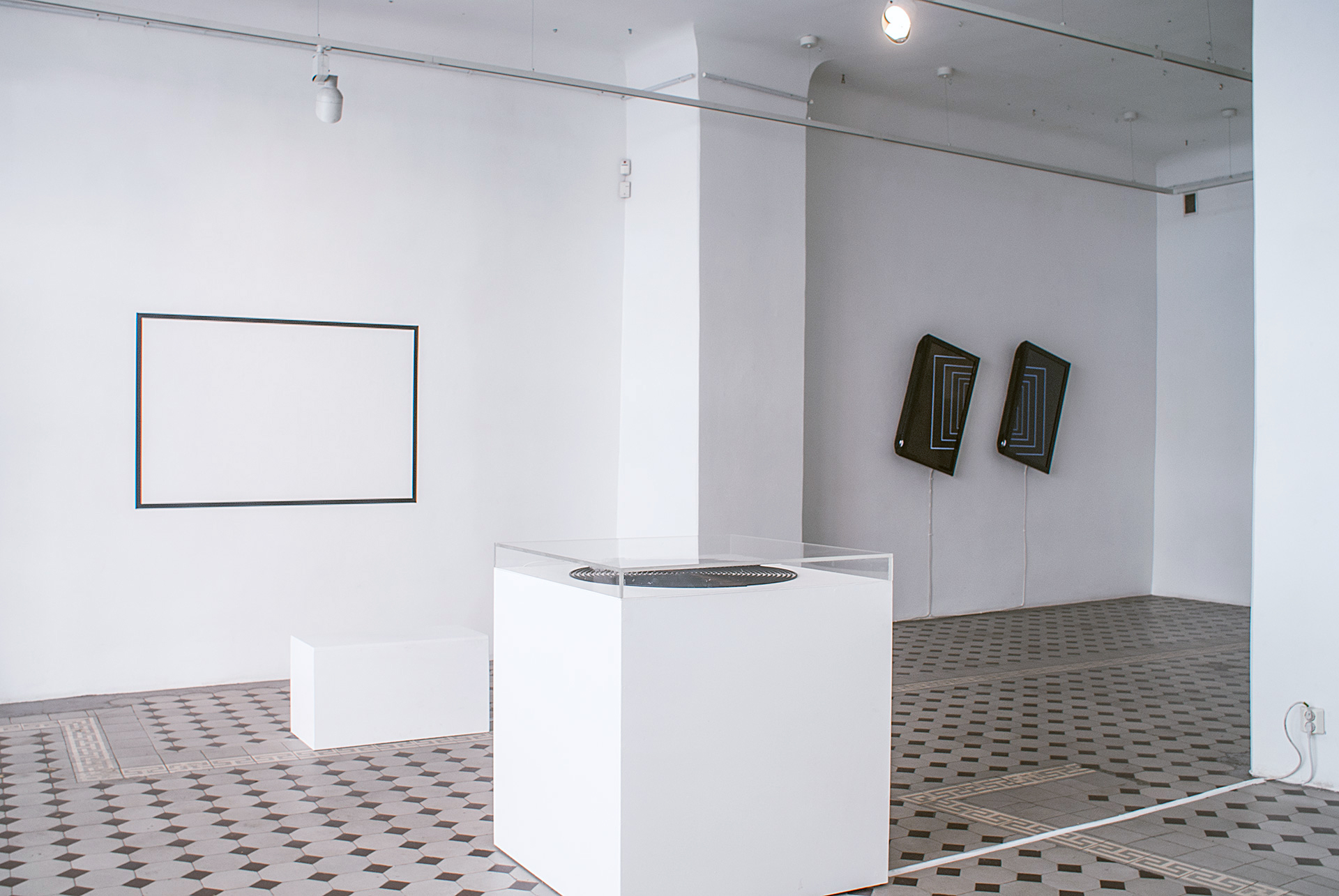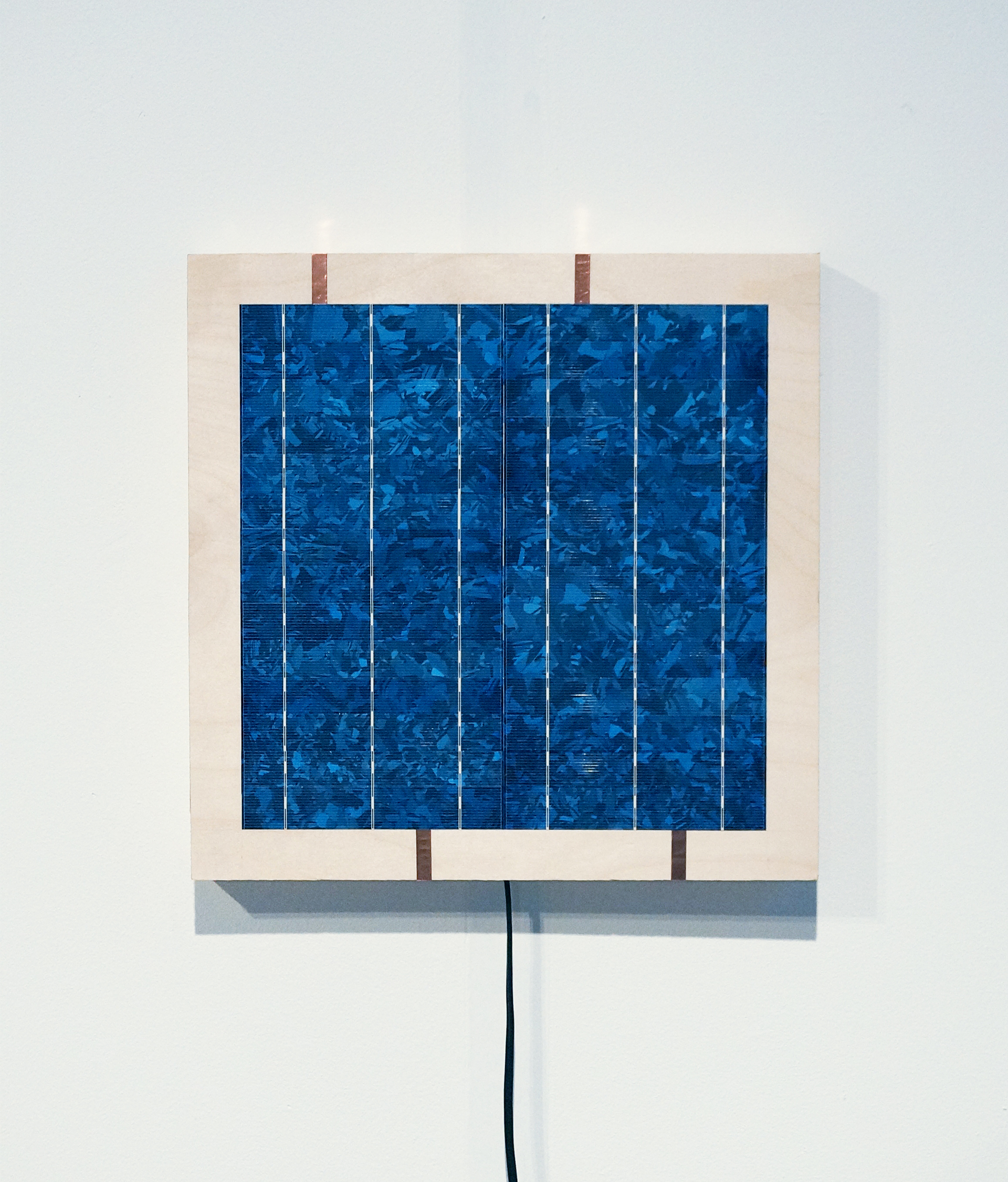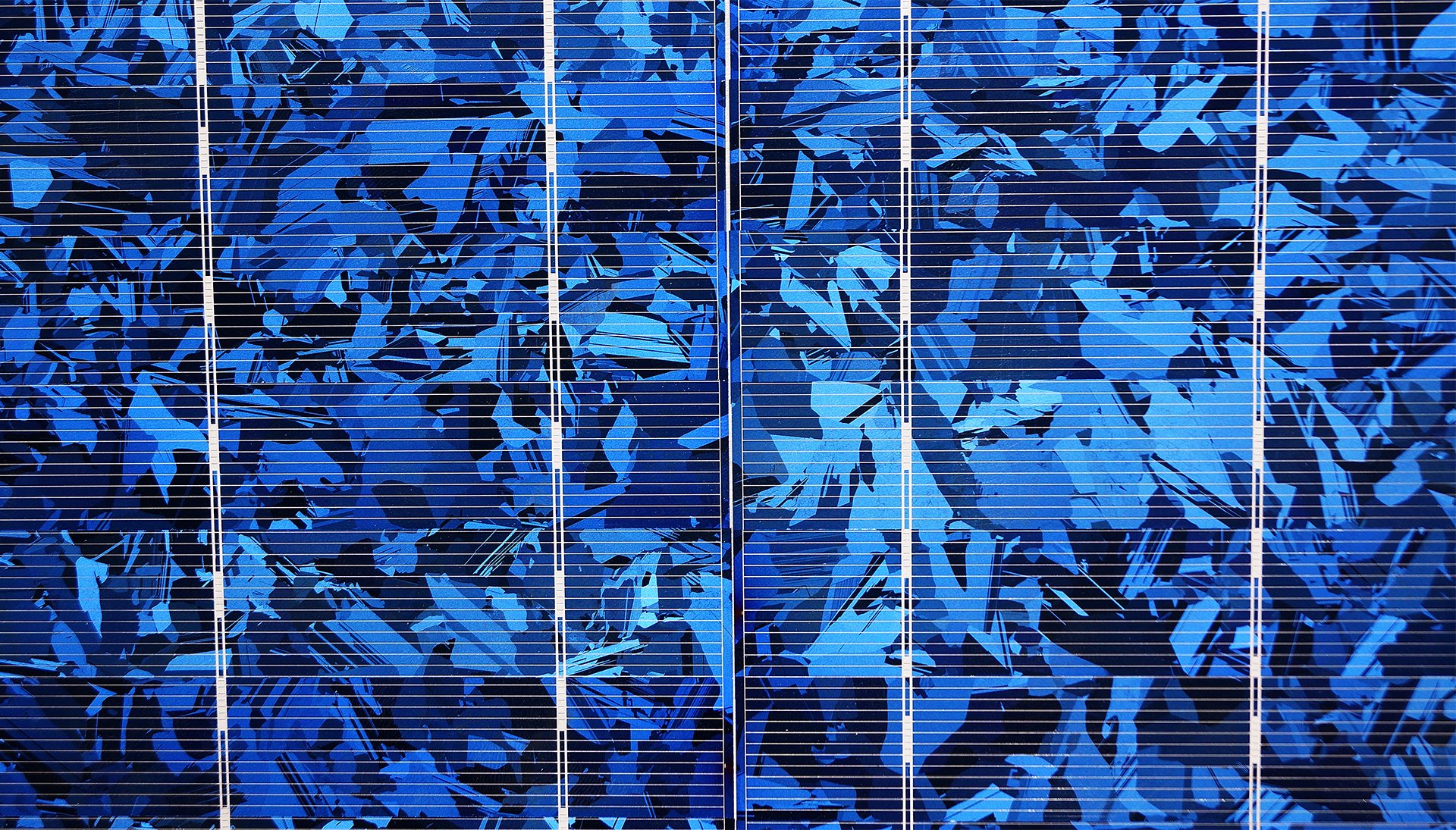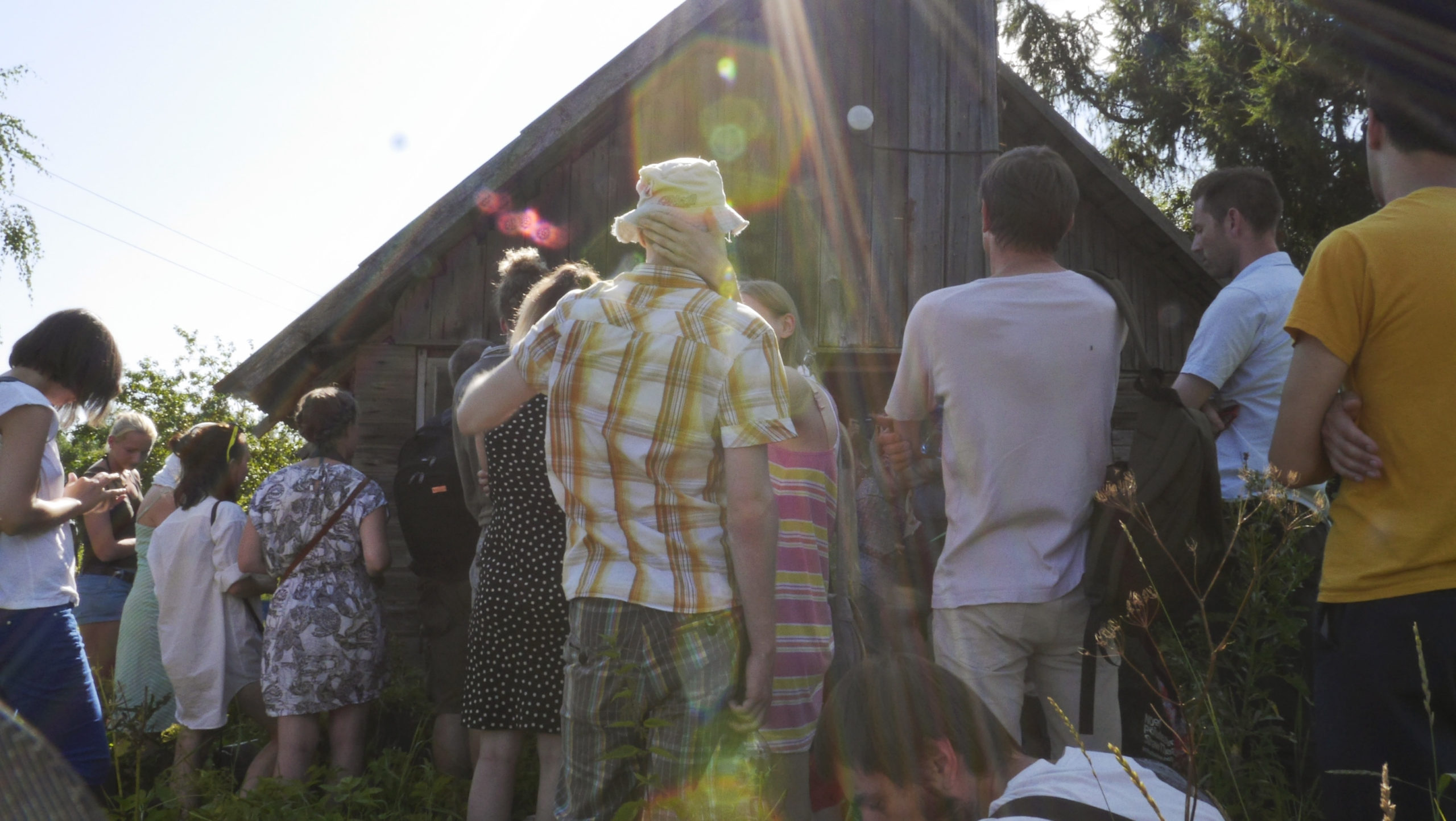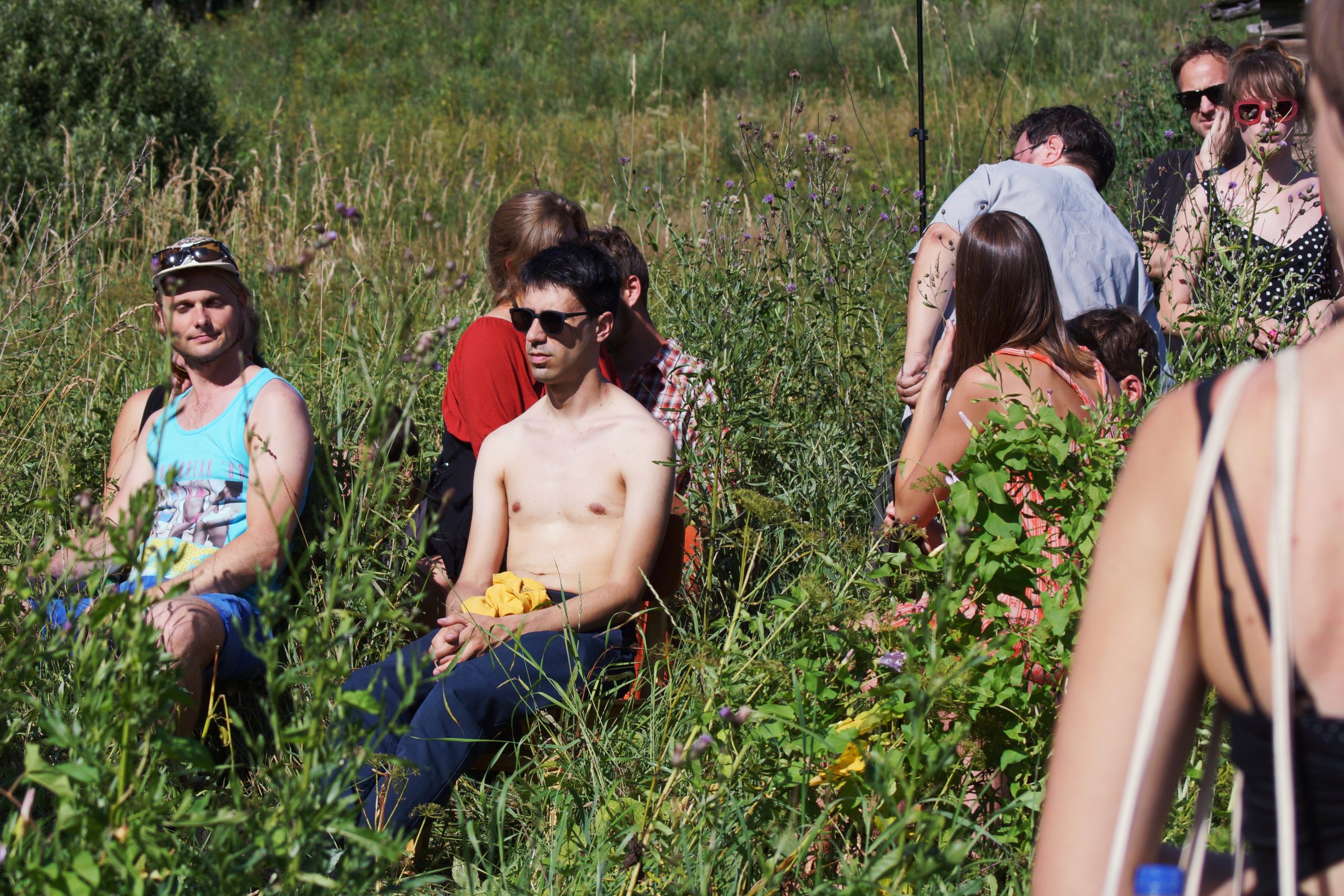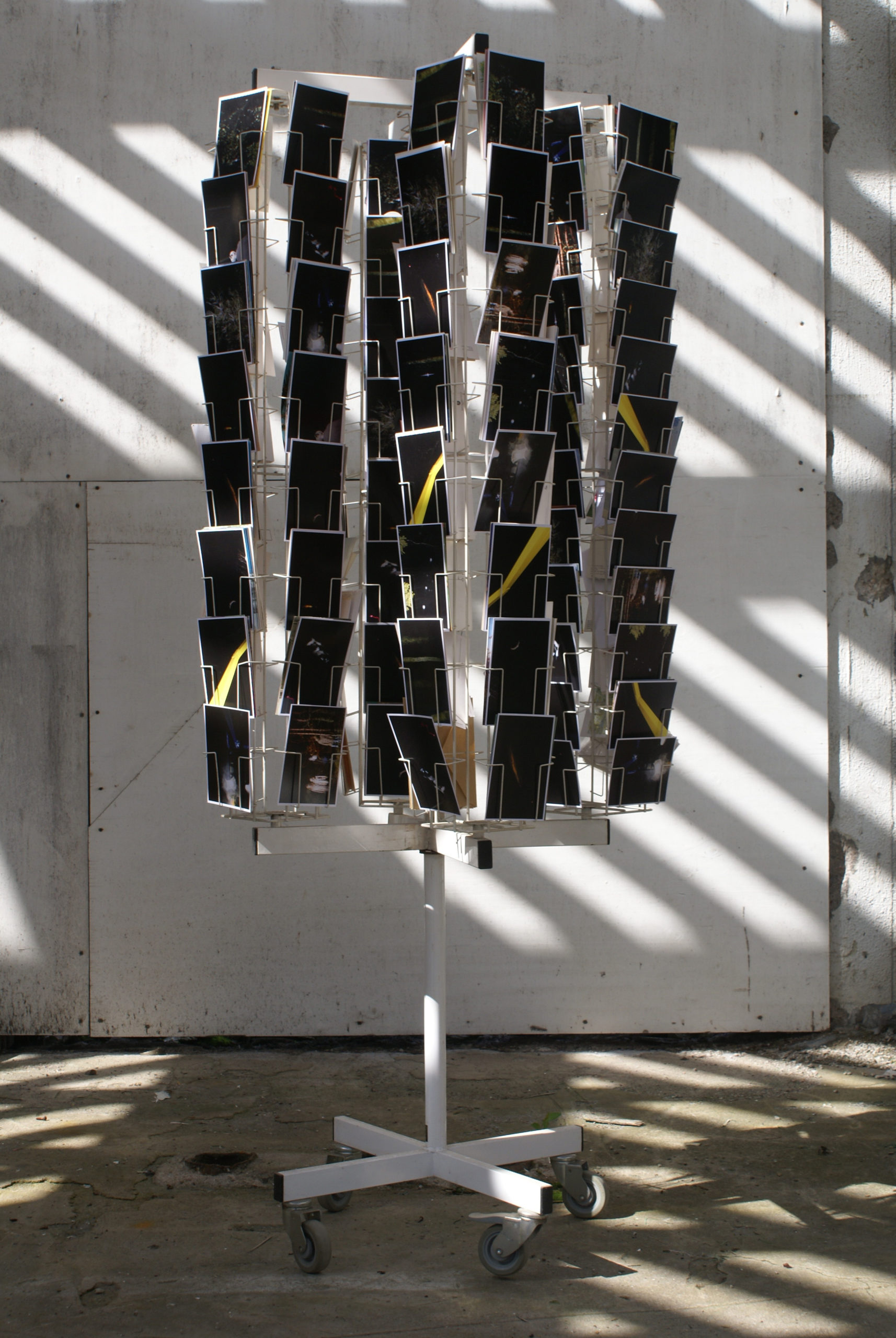Datafanta

Levitating grain, rotating 3D model laid out on multiple screens, seismometer, sound composition based on seismograms from Vesuvius Observatory and seismometer on display, light boxes and postcards with documentation of field work
Artist in Collections is a format curated by Maarin Ektermann and Mary Talvistu in which an artist is paired with a museum to produce a work based or inspired by their collection. I was invited to work with the University of Tartu Museum, involve a scientist in the process and produce an exhibition amidst a space covered by Pompei style wallpaintings. After a short residency in the collection amongst 19th century scientific instruments and models, I found interest on how Pompei is slowly dissolving towards some sort of a physical model as parts of it are being reconstructed and some others 3D scanned for digital conservation in response to deterioration by increasing tourism and weather.
Being fascinated by this uncertainty between the model and what is being modelled, I became curious about the role of narratives in conservation and datafication processes. I initiated a field trip to Pompei to record seismic activity and to collect a grain of sand that would form the basis for the exposition and which would be proposed for inclusion to the Museum collection. Whilst insignificant per se, the small, practically invisible object and its over-sized representation invites to consider their relation and how narratives turn datafications into datafictions.

The grain of sand is now part of the collection of University of Tartu Museum

Press
Tehnoloogia maagia by Jaak Kikas (In Estonian)
Kunstnik ja füüsik panevad tartlased Vesuuvi põhjustatud võnkeid tundma (In Estonian)
Installation views at University of Tartu Art Museum





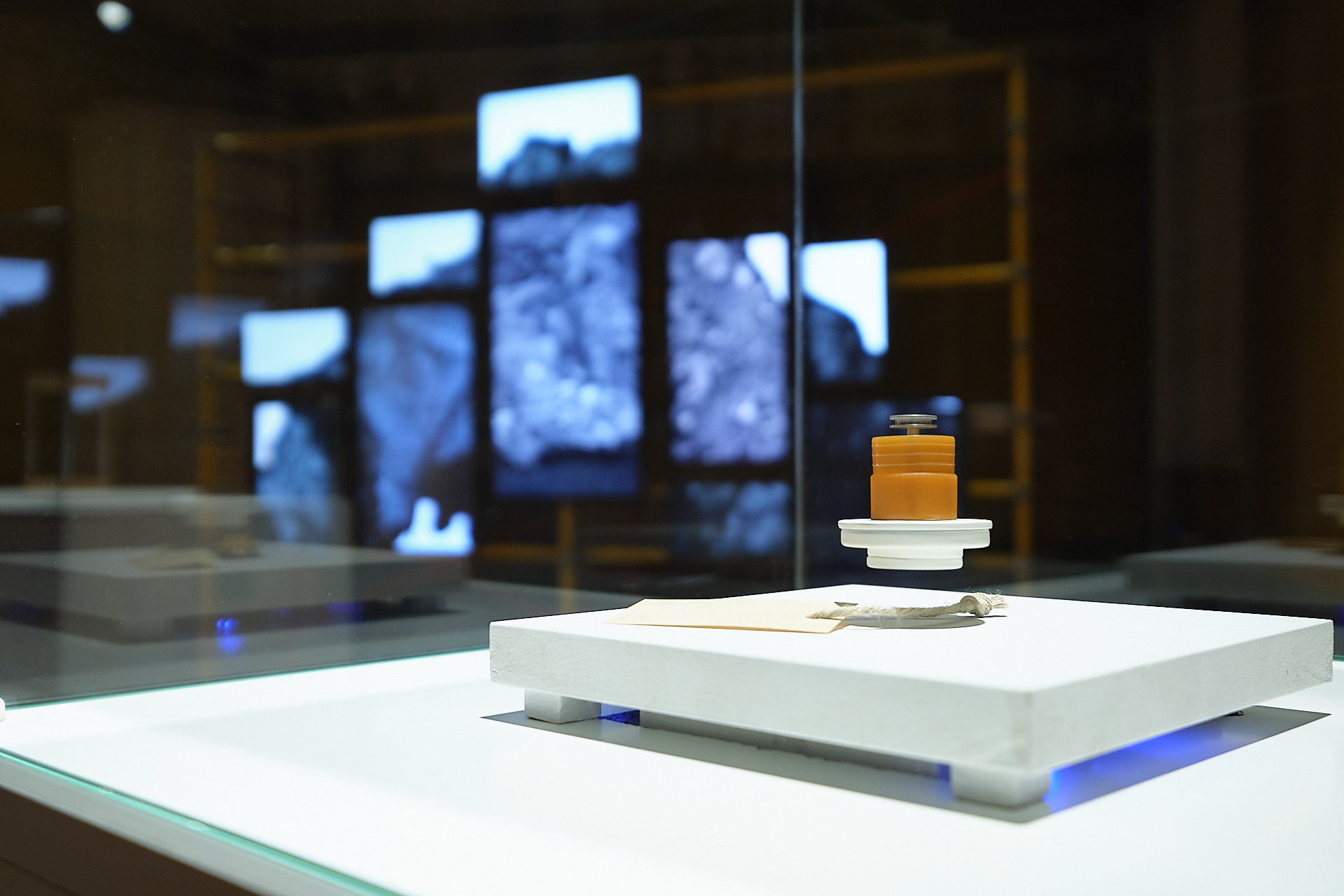





Special thanks to Jaanika Anderson, Siim Pikker, Tiina Vint, Heidi Soosalu, Stefano Carlino + Anna Tramelli from the Vesuvius Observatory, Mirko Pavleski
Process























